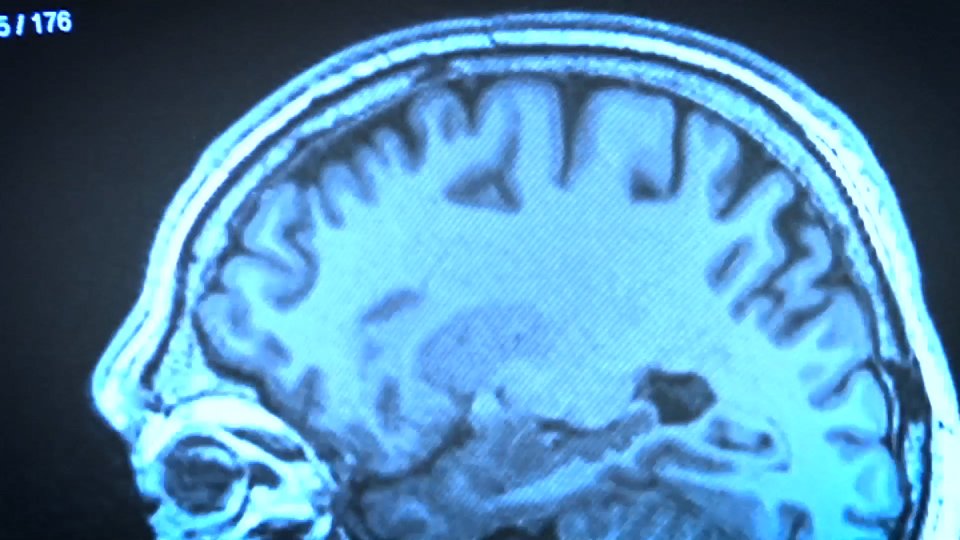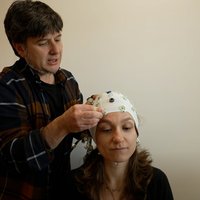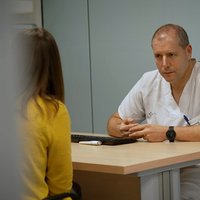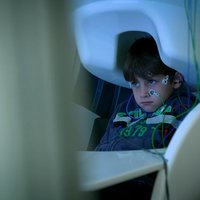CRISPR therapy succeeds in a child who was born with a rare genetic disease
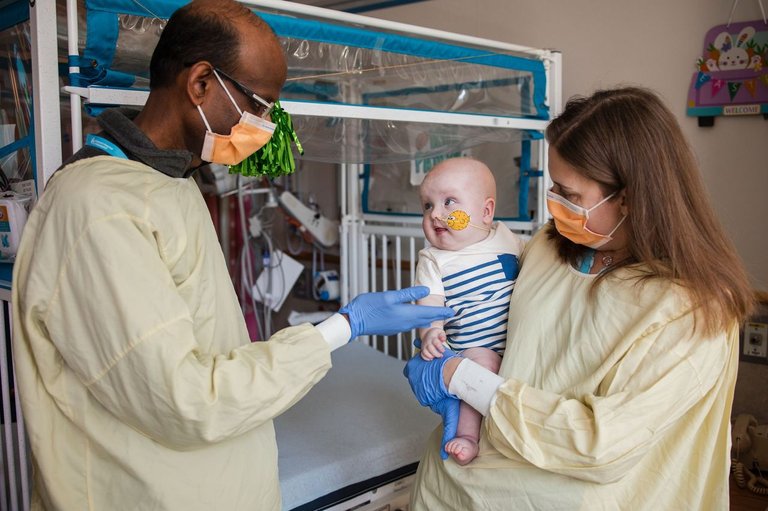
For the first time, personalized gene-editing CRISPR therapy has been used to treat a child who was born with a rare genetic disease and has been successful. The treatment was carried out by a team of children’s hospitals in Philadelphia and Penn Medicine, USA, who reported on the study in the New England Journal of Medicine.
It has been reported that the child named KJ had harmful mutations in the gene encoding the enzyme carbamoyl phosphate synthetase 1 (CPS1). This enzyme is essential in the metabolism of proteins, as it participates in the urea cycle. The mutations inactivate the enzyme, leading to very severe symptoms in newborns such as nausea, hypothermia, hypotonia, epileptic seizures and coma. It occurs in one out of every 300,000 births, and treatments include dialysis, a protein-free diet, and a liver transplant, but about half of them die.
For the treatment of the KJ child, the technique of base editors, the second generation of CRIPSR technology, has been used. By this, it is possible to modify the nucleotides without cutting the double strand of the DNA. This makes editing much safer and more refined. For KJ, the researchers designed specific therapy, first in liver cells, and then in mice. Thus, the required base editors were developed and encapsulated in lipid nanoparticles for administration to the child. He received his first dose in February 2025, when he was between six and seven months old.
It has been confirmed that the baby is well and is developing properly. Although for the moment this type of treatment is only available to a few people, according to the researchers, it will become common in the future.
Buletina
Bidali zure helbide elektronikoa eta jaso asteroko buletina zure sarrera-ontzian




